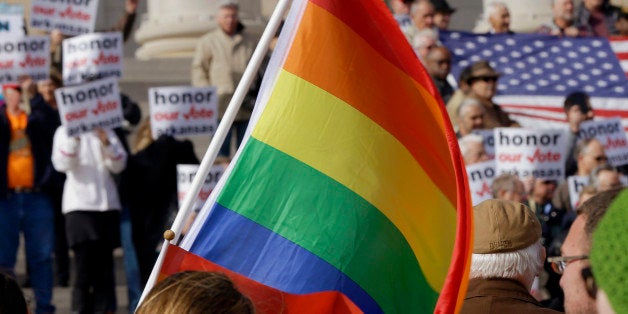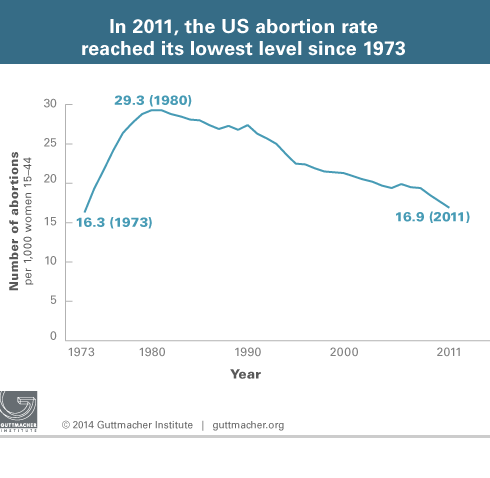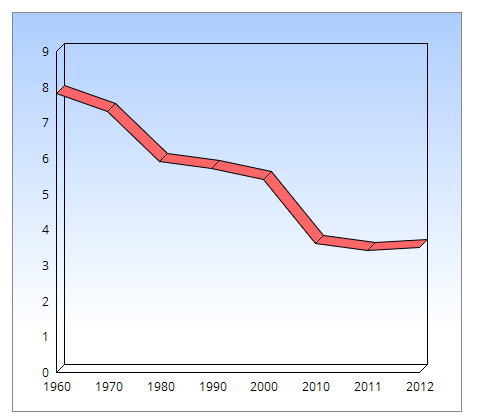
As a social and economic libertarian, I have little respect for the Heritage Foundation, for the same reason I don't respect any doctrinaire group playing fast and loose with facts. That is what I believe to be the root of fundamentalism -- the desire to force facts to fit theory, instead of modifying theories to fit facts.
Heritage recently publicized the claims of "100 scholars" attacking marriage equality. Almost without exception, the "scholars" in question are deeply religious and put their faith ahead of facts. These are the people behind the claim that same-sex marriage increases abortion. According to them, same-sex marriage changes how heterosexuals act. Beyond causing 100 scholars to make total asses of themselves, I'm not sure there is anything to the theory.
They claim same-sex marriage "devalues" marriage for heterosexuals. I assume by inflating the supply of marriage, they think each marriage is worth less. Why or how this devaluation takes place, and why heterosexuals are so irrational as to calculate the value of their own marriage on the basis of who else is married, is not explained.
They make two leaps in their logic. The first is gay marriage devalues all marriage. Second, when you devalue marriage, and fewer women get married, they will have more abortions. Therefore, same-sex marriage will lead to more abortions. As Ayn Rand was known to say, "Check your premises."
One problem is the total number of abortions in the United States has been declining, even as the number of married gay couples has increased. The Guttmacher Institute, which focuses on all the data on abortion, stated in 2014:
"The U.S. abortion rate declined to 16.9 abortions per 1,000 women aged 15-44 in 2011, well below the 1981 peak of 29.3 per 1,000 and the lowest since 1973 (16.3 per 1,000), according to "Abortion Incidence and Service Availability in the United States, 2011," by Rachel Jones and Jenna Jerman. Between 2008 and 2011, the abortion rate fell 13 percent, resuming the long-term downward trend that had stalled between 2005 and 2008. The number of abortions (1.1 million in 2011) also declined by 13 percent in this time period."
In the real word, as opposed to theory, we have had an increase in same-sex marriages, but a decrease in the number of abortions. For most people, that means the theory needs adjusting, but such is not the case for faith-based politics.
In order to prove their case, at least in regards to the number of marriages in total, they point to specific incidents. For instance, they use a graph that supposedly shows a 36 percent plunge in marriage rates in Spain. They start the graph nine years before same-sex marriage was legalized and end it nine years after.
I always wonder why ideologues pick specific starting points. I've seen people claim world famine is around the corner because grain production declined between point A and point B. They don't tell you A was a year with a big surplus of grain, causing plunging prices, thus causing farmers to cut back planting. The long term trend is more production, not less. Only picking points on the trend line that support one's theory is dishonest.
What happens if you take the trend line for Spain and extended it further? Eurostat, which specializes in data for Europe, answers that question. Taking the data back to 1960 we can see a trend line longer than the highly selective one presented by Heritage. We see marriage rates were already in decline before same-sex marriage was legalized in 2005. I took the Eurostat data and made a trend line (below), using the data every 10th year until 2010 and then including the data for 2011 and 2012. It is clear that the lion's share of the decline preceded legalization of same-sex marriage.
The examples of U.S. states given by Heritage always start just one year before same-sex marriage was legalized. Of course, one year is NOT sufficient for anyone to see what the trend line was BEFORE same-sex marriage was introduced. The claim they are making is not just that marriage rates have been declining, but that same-sex marriage is causing it to decline even faster. For that to be proven we need to see what happens to the trend line both before and after the introduction of same-sex marriage.
They note that marriage rates in Massachusetts fell 8.9 percent since same-sex marriage was legalized in 2004. What was happening to marriage rates before 2004? According to the Census people, the 1990 marriage rate was 7.9. By 2000, before same-sex marriage was possible, the rate had fallen to 5.8, a decrease of about 26 percent. By only going back 9 years they gave the impression of more stability in marriage rates than actually existed.
However, this decline is national. It isn't just happening in gay marriage states; it has been happening in all states and is the continuation of a trend starting long before the first gay couple married.
For instance, using the Census data from 1990 to 2009 we see that marriage rates dropped just as dramatically, if not more so, in states that continue to reject marriage equality. In that time period marriage rates in Arkansas dropped 30 percent, in Ohio they were down 26 percent, in Tennessee they dropped a whopping 46 percent, in Mississippi they declined 30 percent, and were down 22 percent in Louisiana and 25 percent in Texas.
Data on marriage rates in Europe show that from 1980 to 2012, marriage rates decreased whether a nation had same-sex marriage or not. This is true for U.S. states as well. Between 1990 and 2000 the average marriage rate per state declined from 9.8 per 1,000 people to 8.3. They declined whether or not gay couples could marry there. As even the most junior statistician would tell you: correlation is not causation.
The decline in marriage rates began long before gay couples won the right to marry anywhere. To pin that decline on them is scapegoating, pure and simple, and I suspect, an act of desperation.

